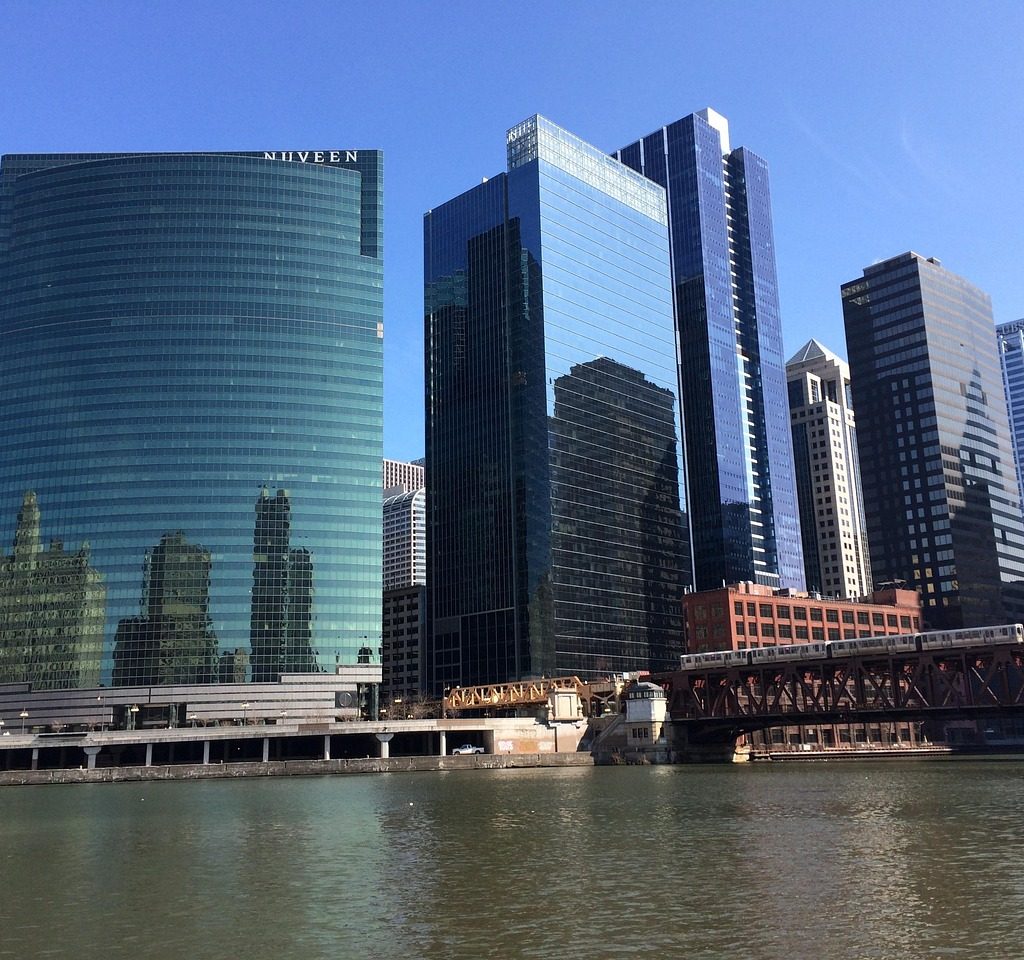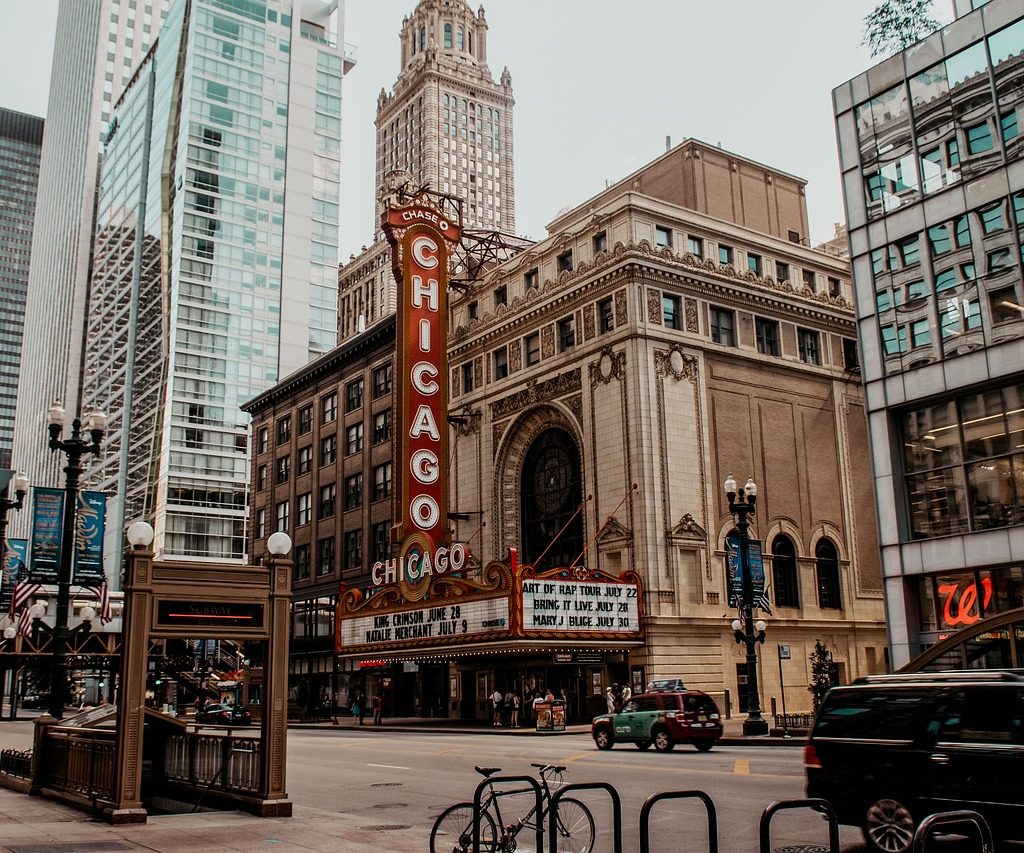When you think of watchmaking, the names Geneva, Biel or Le Locle immediately spring to mind. One imagines Swiss craftsmen, painstakingly working in the mountains, fashioning precision timepieces that have become synonymous with luxury and savoir-faire. Yet far from these Alpine workshops, another city played a fundamental role in the spread and development of the watchmaking industry, particularly in the United States: Chicago.
A strategic commercial crossroads

At the end of the 19th century, Chicago was booming. Located in the heart of the United States, at the crossroads of major rail and waterways, the city became a commercial hub. It attracted industries and investors, and became a hub for the distribution of manufactured goods, including watches.
This geographical position enabled Chicago to play a central role in the sale and mass distribution of watches, manufactured in particular in the region’s factories. One of the great American brands of the time, the Elgin National Watch Company, was based in Elgin, just 60 km northwest of Chicago.
Elgin: the watchmaking giant on Chicago’s doorstep

Founded in 1864, the Elgin National Watch Company quickly became one of the world’s largest watch manufacturers. At its peak, the factory employed thousands of people and produced several million watches a year. Elgin offered products that were precise, durable and affordable, helping to democratize watchmaking for a wide audience.
And this is where Chicago really comes into play: thanks to its rail infrastructure and role as a national distribution center, the city facilitated the large-scale marketing of Elgin watches, as well as those of other American brands such as Waltham and Hamilton. The large mail-order houses based in Chicago – such as Sears, Roebuck and Co. and Montgomery Ward – made it possible to distribute these watches to all American households, including the most remote rural areas.
The 1893 Universal Exhibition: a global showcase
Another major event marked Chicago’s place in watchmaking history: the 1893 World’s Fair. Organized to celebrate the 400th anniversary of the discovery of America by Christopher Columbus, this exhibition welcomed over 27 million visitors and served as an international showcase for industrial advances.
Watchmakers showcased their innovations, displayed their mechanisms and demonstrated the ability of American industry to compete with European production. It was a period of great industrial confidence for the United States, and Chicago was its showcase. For many American and foreign visitors, it was their first encounter with “Made in USA” watchmaking.
The role of the railroads
The rise of the railroads, of which Chicago was a central hub, also helped reinforce the importance of watchmaking. At the time, train punctuality was a matter of safety. The need for reliable, accurate timepieces led to the standardization of time and the emergence of so-called “railroad grade” watches, designed to meet the strict requirements of the railways.
Chicago, as a major rail hub, has seen not only watches, but standards as well. It was from here that business practices, quality standards and a culture of time measurement linked to mobility and modernity spread.
Decline and legacy
Like many industrial cities, Chicago saw its influence in watchmaking decline with the rise of Japanese quartz in the 1970s. Elgin closed its doors, factories fell silent, and the great American brands disappeared or were bought out.
But the legacy remains. Today, Chicago is still home to a vibrant watchmaking culture. Specialized boutiques, collectors’ events, independent watchmaking startups and even watchmaking schools testify to a renewed interest in the craft. Objectif Horlogerie has been offering introductory watchmaking workshops in Chicago since 2025.
No, Chicago is not the cradle of watchmaking – that honor undoubtedly belongs to Switzerland. But the city has been a key player in its commercial and industrial development in the United States. Thanks to its transportation network, economic dynamism and proximity to major production centers like Elgin, it played a central role in the spread of American watchmaking at the turn of the 20ᵉ century.
A little-known story, but one that deserves to be rediscovered by all watch lovers… and history buffs.

